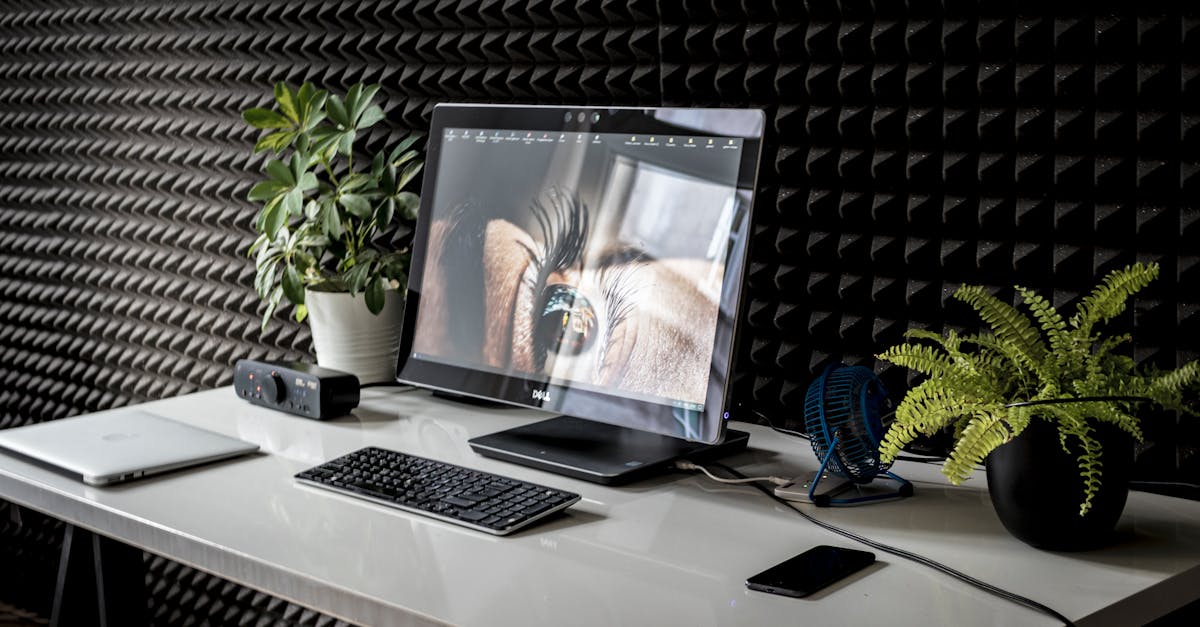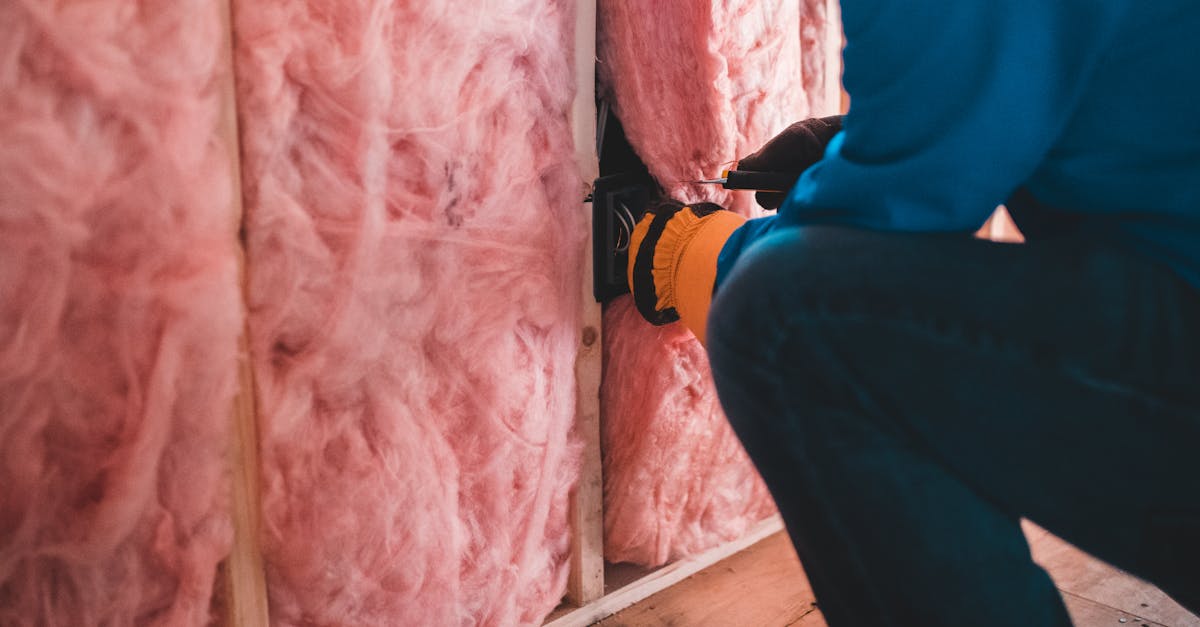10 Tips for a Functional Home Office
Introduction
In today's fast-paced world, having a functional home office has become more of a necessity than a luxury. With more individuals engaging in remote work, understanding how to design a productive workspace at home is crucial. Whether you're working full-time from home or just need a space for occasional projects, setting up an efficient home office is key to productivity.
Advertisement
Assess Your Space
Start by evaluating the available space in your home. Determine whether you can dedicate an entire room to your home office or if you'll need to make use of a smaller section in a multipurpose room. Knowing your space limitations will help you maximize the area efficiently, ensuring your workspace is both comfortable and functional.
Advertisement
Prioritize Ergonomics
Ergonomic furniture plays a pivotal role in maintaining your health and preventing strain during long work hours. Invest in a quality chair with adjustable features to support your posture. A desk that suits your height can also reduce neck and back pain. Position your monitor at eye level to prevent strain, and ensure your workspace allows for free movement and stretching.
Advertisement
Optimize Lighting
Good lighting is crucial for any productive work environment. Maximize natural light by positioning your desk near a window, as it helps regulate mood and increase focus. For evenings or darker days, supplement with ambient and task lighting to reduce eye strain. An adjustable desk lamp can be invaluable for providing focused lighting when needed.
Advertisement
Organize and Declutter
A cluttered desk can be distracting and reduce productivity. Invest in storage solutions like shelves, cabinets, or drawer organizers to keep your workspace tidy. Only keep essential items within arm's reach while storing infrequently used items away to maintain a clean and organized environment that fosters concentration.
Advertisement
Invest in Technology
Efficient technology is non-negotiable for a functional home office. Ensure you have a reliable computer and a high-speed internet connection. Invest in wireless peripherals for a cleaner setup and consider noise-canceling headphones to minimize distractions. Regularly assess tech needs to keep your work tools updated and reliable.
Advertisement
Personalize the Space
A personal touch can make your workspace more inviting and comfortable. Incorporate elements that inspire creativity and motivation, such as artwork, plants, or personal photos. However, maintain a balance to avoid making the space overly distracting. Personalizing your office space can make prolonged hours in front of your computer feel less tedious.
Advertisement
Sound Management
A quiet environment helps maintain focus and productivity. If external noise is an issue, consider soundproofing solutions such as heavy curtains, rugs, or acoustic panels. White noise machines or background music can also counteract distractions and keep your attention steady on tasks at hand.
Advertisement
Maintain a Routine
A structured routine helps differentiate between work and leisure time when working from home. Schedule specific hours for work, and try to stick to them to maintain a work-life balance. Setting boundaries with family members or housemates about office hours can minimize interruptions and help you stay more focused.
Advertisement
Conclusion
Designing a functional home office is transformative for productivity and comfort. By prioritizing ergonomic furniture, good lighting, efficient technology, and personal touches, you can create an inspiring work environment tailored to your needs. With organization and a structured routine, you'll optimize your workspace for maximum efficiency.
Advertisement


